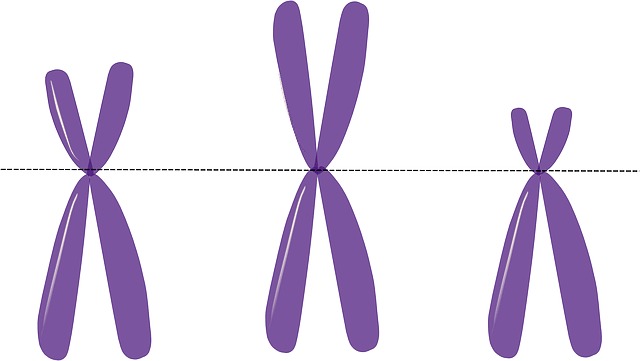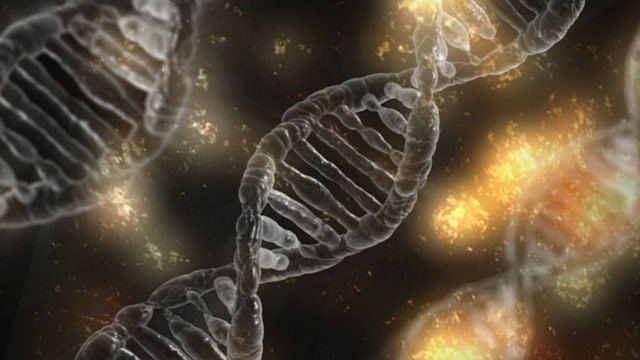
A duplicated chromosome is a pair of sister chromatids joined by a point.
The etymological journey of chromatid begins with the English word chromatin , which led to chromatid . The term is used in the field of biology to refer to the strands or longitudinal units of a duplicated chromosome , which allow the generation of a complete chromosome in the daughter cells.
Duplicated chromosome
It should be remembered that chromosomes are condensed strands of DNA . When they divide, chromatids are the two sister strands that are joined through the centromere .
It can be said that the chromatids are both halves, with identical characteristics, of the already duplicated chromosome. It is important to keep in mind that, within the framework of cell division, the chromosome goes through a duplication process to generate a copy of itself.
This then allows each daughter cell to have a complete set of chromosomes. Thus, after DNA duplication, the chromosome is formed by the two sister chromatids , linked through the centromere .
Each chromatid, therefore, is the copy of the chromosome already duplicated DNA. With mitosis , one chromatid is transferred to one of the daughter cells, while the other chromatid does the same to the other daughter cell.
cell division
Before cell division takes place, which can occur through meiosis or mitosis, the DNA strand of the chromosome is duplicated. Its shape, at this time, is similar to a letter There are two, one for each daughter cell, or two chromatids constituting a chromosome.
Here the aforementioned centromere comes into play, which serves to draw a line of symmetry between the two chromatids, which are equal in every sense, including their information . As can be noted, at this point the use of the terms "chromosome" and "chromatid" can be interchangeable.
Chromoneme and chromomeres
Another concept related to the chromatid is the chromoneme. This is the filamentous-type structure that forms all sister chromatids. This has a series of granules throughout its entire length that are known as chromomers .
In the constitution of the chromoneme we find proteins and DNA. In chromomeres, the chromoneme is tightly coiled so that each one of them joins the other as if they were small beads linked in a necklace . Note that they can be found in different parts of a chromosome and that each one has a different number of genes .
When observed through the use of a microscope, the visibility of the chromosomes is possible thanks to the aforementioned knotted parts of the chromomeres.
chromatin
It is important not to confuse chromatid with chromatin . The concept of chromatin , which derives from the German Chromatin , refers to a substance formed mainly by proteins and DNA found in eukaryotic cells . As you can see, the two words refer to different issues, so you have to be careful not to make a mistake.

Thanks to DNA duplication, both chromatids have the same information.
Chromatid structure
In their constitution, chromatids have a protein skeleton of histones (basic proteins whose molecular mass is low) located within the nucleosome (the basic unit of chromatin) around which non-historical proteins and DNA are located. We can also see a pair of arms , whose extension may be equal.
In each chromatid we find a molecule of condensed chromatin (that is, DNA) identical to that of its pair, which occurs thanks to the duplication of DNA. This is why we can affirm the existence of sister chromatids in chromosomes.
